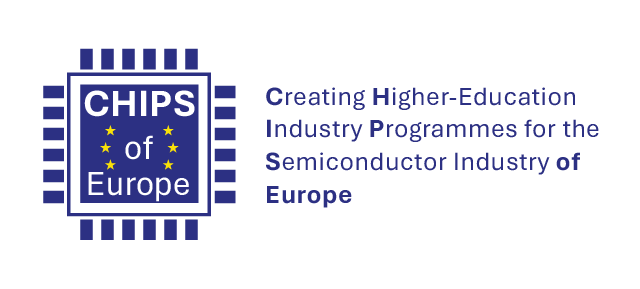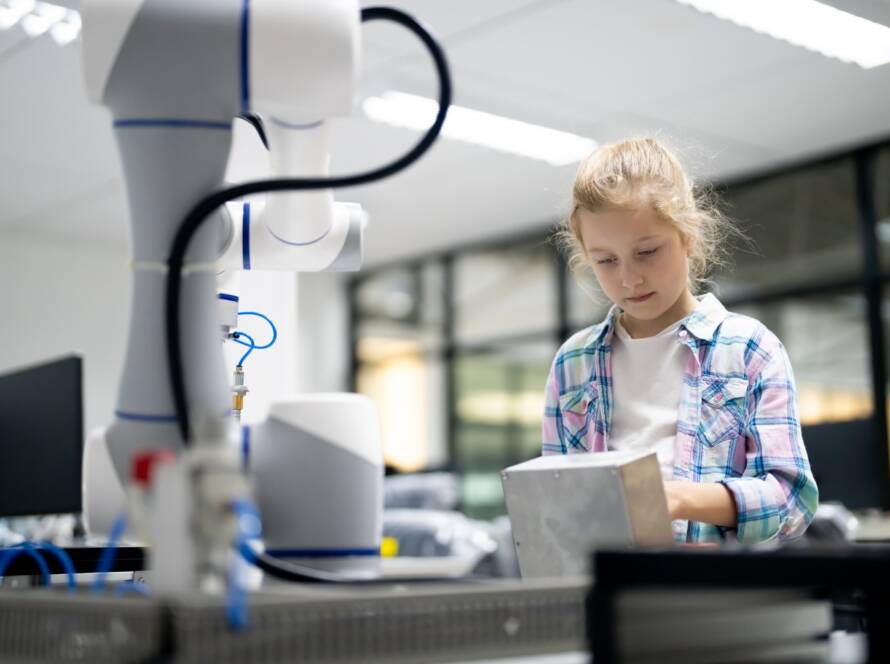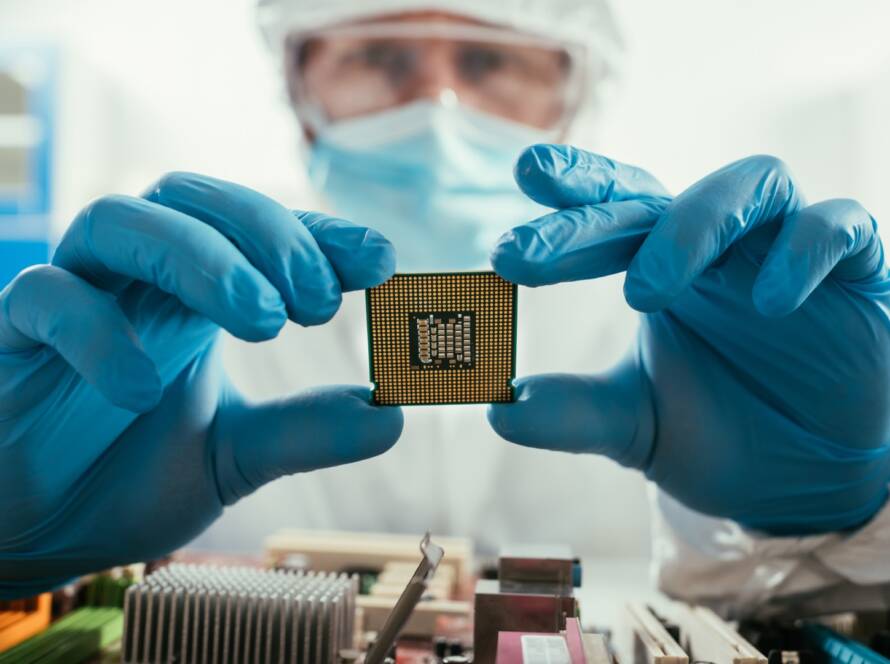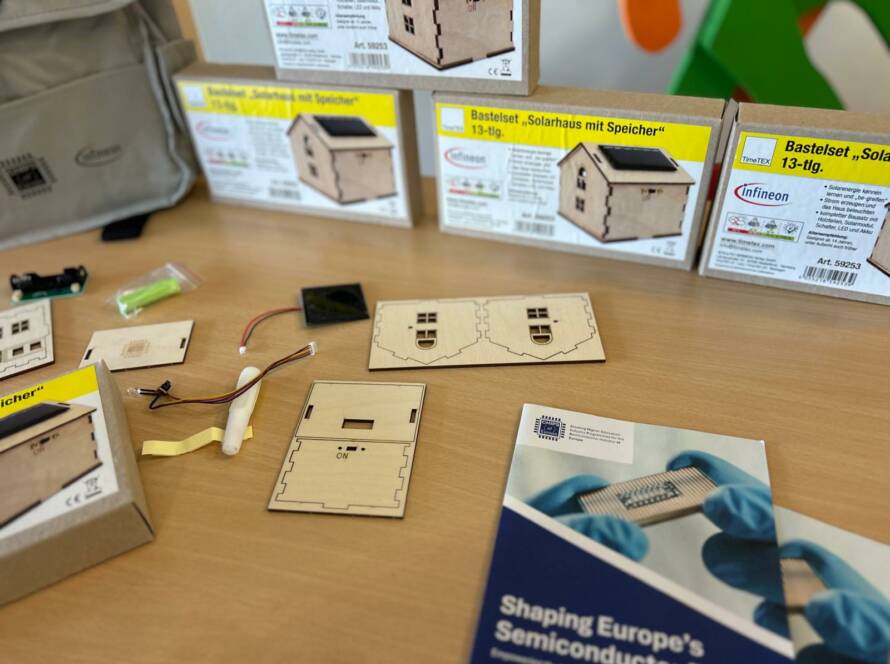Rethinking Semiconductor Education
For decades, students studying semiconductor technology, microelectronics, and chip design relied on physical laboratories to gain practical experience. However, access to state-of-the-art cleanrooms and fabrication facilities is limited and expensive, making it difficult for many students to engage in hands-on learning.
The solution? Virtual labs.
CHIPS of Europe is developing advanced virtual semiconductor labs to democratize access to practical training, enabling students from across Europe to gain real-world experience in semiconductor design, fabrication, and testing.
What Are Virtual Labs?
Virtual labs are online interactive simulations that allow students to conduct experiments, design semiconductor devices, and analyze chip performance without needing a physical lab.
Benefits of virtual labs include:
✅ Accessibility – Students can learn from anywhere, reducing geographic and financial barriers
✅ Hands-on Learning – Interactive simulations offer real-world semiconductor design experiences
✅ Scalability – Virtual labs can accommodate large numbers of students simultaneously
✅ Industry Alignment – Labs mirror real semiconductor manufacturing processes, preparing students for careers in the field
With CHIPS of Europe’s virtual lab initiative, students and professionals alike will be able to develop critical semiconductor skills through interactive, high-fidelity simulations.
How Virtual Labs Bridge the Skills Gap
Europe’s semiconductor industry is facing a workforce crisis, with a shortage of engineers and technicians. By implementing virtual labs, we can:
📌 Train more students simultaneously
📌 Offer hands-on experiences to schools without physical lab infrastructure
📌 Enable professionals to upskill and reskill efficiently
CHIPS of Europe is actively working with universities, research centers, and industry partners to develop virtual labs that provide realistic, industry-grade training in semiconductor manufacturing and design.






